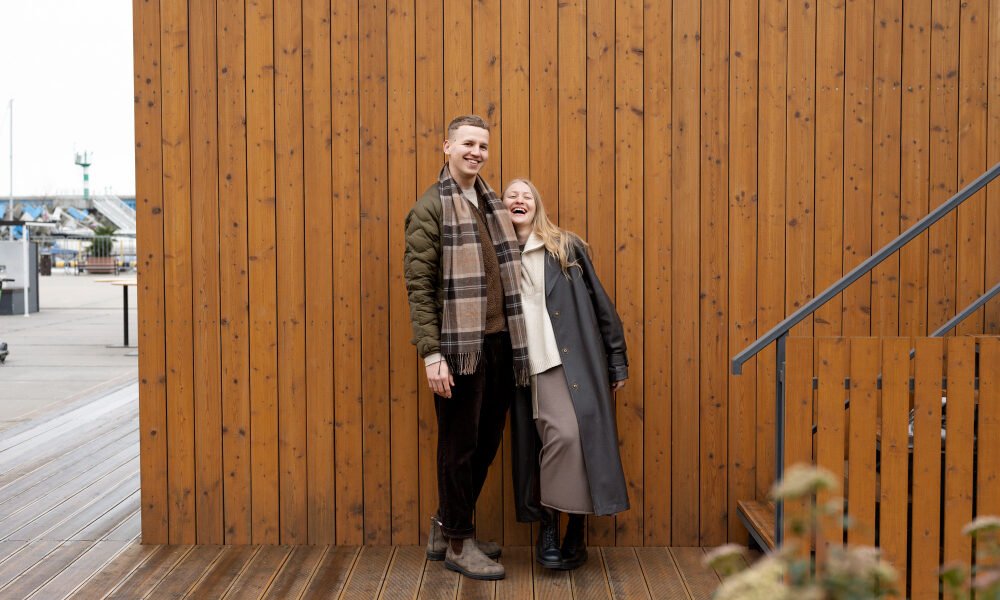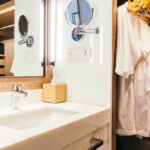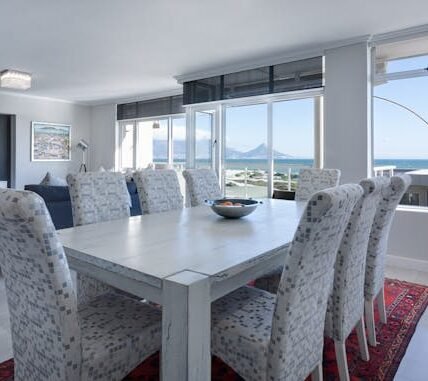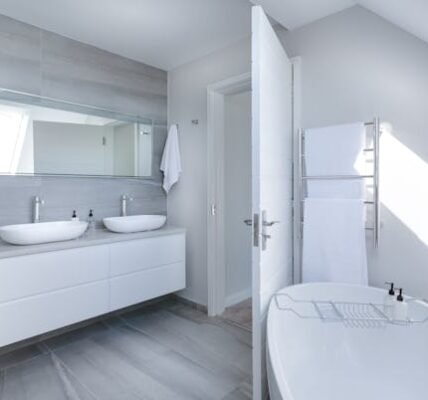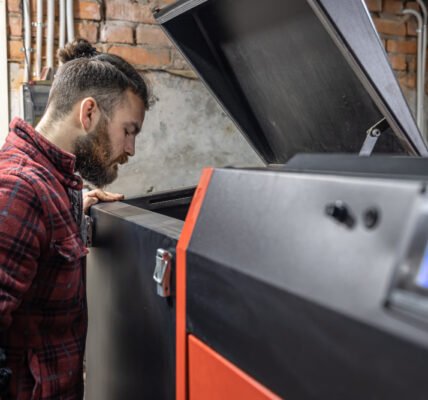Pros and Cons of Hardie Board Siding: Luxury Finishes, Texture, and Timeless Design
Luxury in home design often begins with the exterior — the first impression of craftsmanship and character. For homeowners who want both resilience and refinement, Hardie board siding offers a compelling blend of durability and design versatility.
This pros and cons of Hardie board siding review explores how premium textures, color palettes, and precision finishes make fiber cement a standout choice for elegant, long-lasting exteriors.
The Essence of Luxury: Texture and Depth
Luxury design is about tactile experience as much as visual beauty. Hardie board’s finely milled surfaces replicate real wood grain with impressive authenticity — without the flaws of natural timber.
High-End Texture Options:
- Smooth Panels: Perfect for minimalist contemporary facades.
- CedarMill Grain: Subtle texture that brings warmth and organic appeal.
- Stucco Finish: Ideal for Mediterranean or coastal homes.
- Artisan Collection: Deeper shadow lines and extra thickness for architectural precision.
Each profile transforms light and shadow differently, creating dimensional exteriors that feel tailored and enduring.
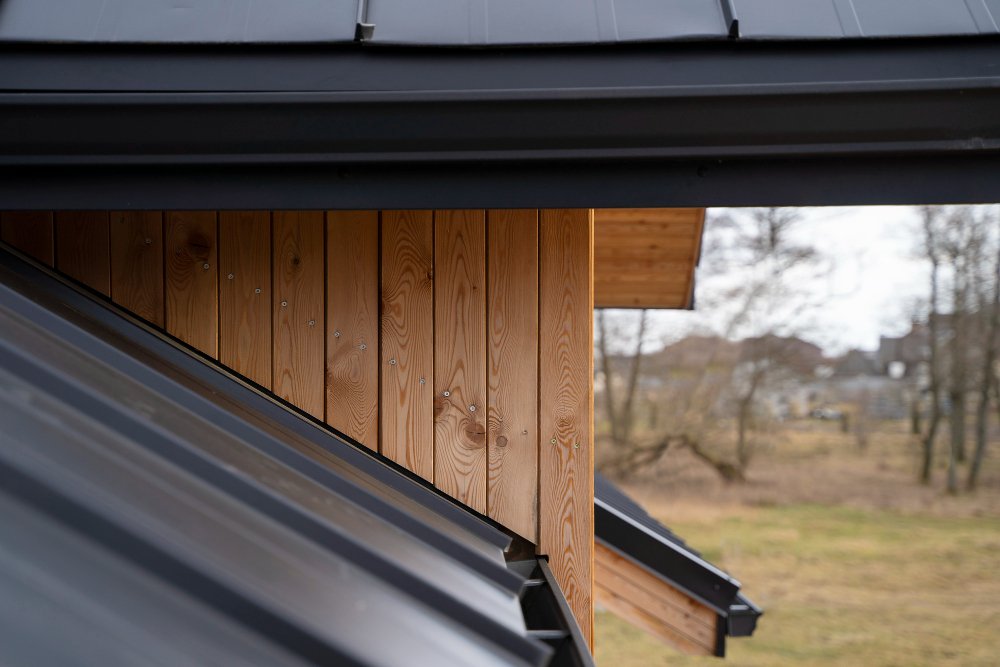
Color and Finish Perfection
The brand’s ColorPlus® Technology ensures vibrant, fade-resistant tones baked directly into the material. These finishes resist UV exposure and moisture damage far better than traditional paint.
Trending Luxury Colors for 2025:
- Warm whites and taupes for coastal-inspired elegance.
- Deep charcoal and graphite for modern sophistication.
- Muted sage and stone tones for timeless natural appeal.
Paired with metallic accents and high-end trim detailing, Hardie board creates exteriors that look effortlessly elevated.
Longevity as a Luxury
True luxury design doesn’t chase trends — it lasts.
Hardie board siding stands up to the elements for 30–50 years, maintaining its integrity through intense heat, cold, and humidity.
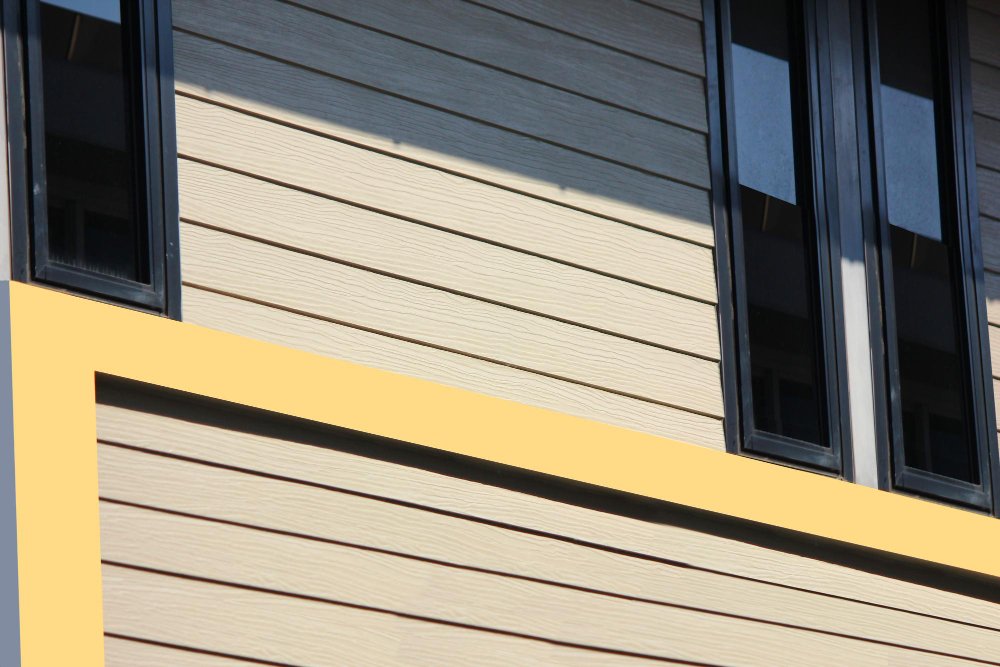
Why High-End Builders Prefer It:
- Non-combustible and pest-resistant.
- Withstands hurricane-force winds when installed correctly.
- Minimal repainting needed (10–15 years).
The long-term stability adds both peace of mind and value — two cornerstones of refined living.
Pairing Hardie Board with Complementary Materials
Luxury exteriors achieve depth by mixing textures.
- Combine fiber cement panels with stone or brick bases.
- Use contrasting trims to emphasize geometry.
- Add natural wood or metal details for bespoke sophistication.
Many homeowners extend that harmony indoors with light oak, hickory, or gray-washed laminate flooring — a seamless design transition from exterior to interior, inspired by laminate flooring designs that balance tone and texture.
Read More in Homes Holder Blog
- Furnace Repair Sacramento: How Local Experts Keep You Warm All Winter LongSacramento winters call for trusted heating professionals. Learn how local furnace repair experts keep homes warm, safe, and energy-efficient.
- Pros and Cons of Hardie Board Siding: Luxury Finishes, Texture, and Timeless DesignHardie board siding offers the perfect marriage of luxury design and endurance. From elegant textures to fade-resistant finishes, this material redefines high-end curb appeal that stands the test of time.
- Guide to Bathroom Vanity: Clean, Minimalist Options for Modern BathroomsMinimalist bathrooms rely on clean lines, neutral colors, and efficient layouts. This guide explores vanity options like floating, integrated sink, and slimline designs, as well as material choices that enhance simplicity and flow. The result is a bathroom that feels calm, functional, and beautifully modern.
Drawbacks to Keep in Perspective
While Hardie board is a premium product, there are a few realities to consider:
- Upfront cost: Higher than vinyl, but competitive with brick and engineered wood.
- Installation: Requires skilled labor and specialized cutting tools.
- Insulation: Fiber cement is dense, so add thermal backing for maximum efficiency.
For most luxury remodels, these trade-offs are worthwhile for the design precision and long-term stability Hardie delivers.
Builder’s Notes
Luxury homes are defined by materials that combine artistry with endurance. Hardie board siding achieves that balance beautifully — merging modern craftsmanship with time-tested performance.
👉 When you invest in refined materials and flawless installation, the result isn’t just a home exterior — it’s architectural longevity.

